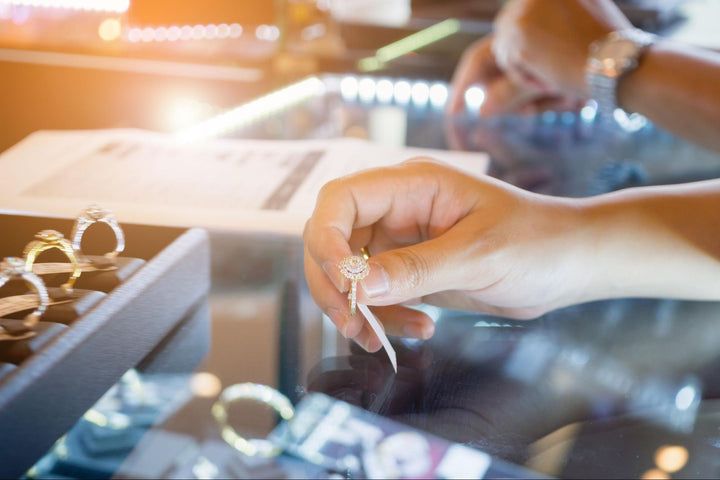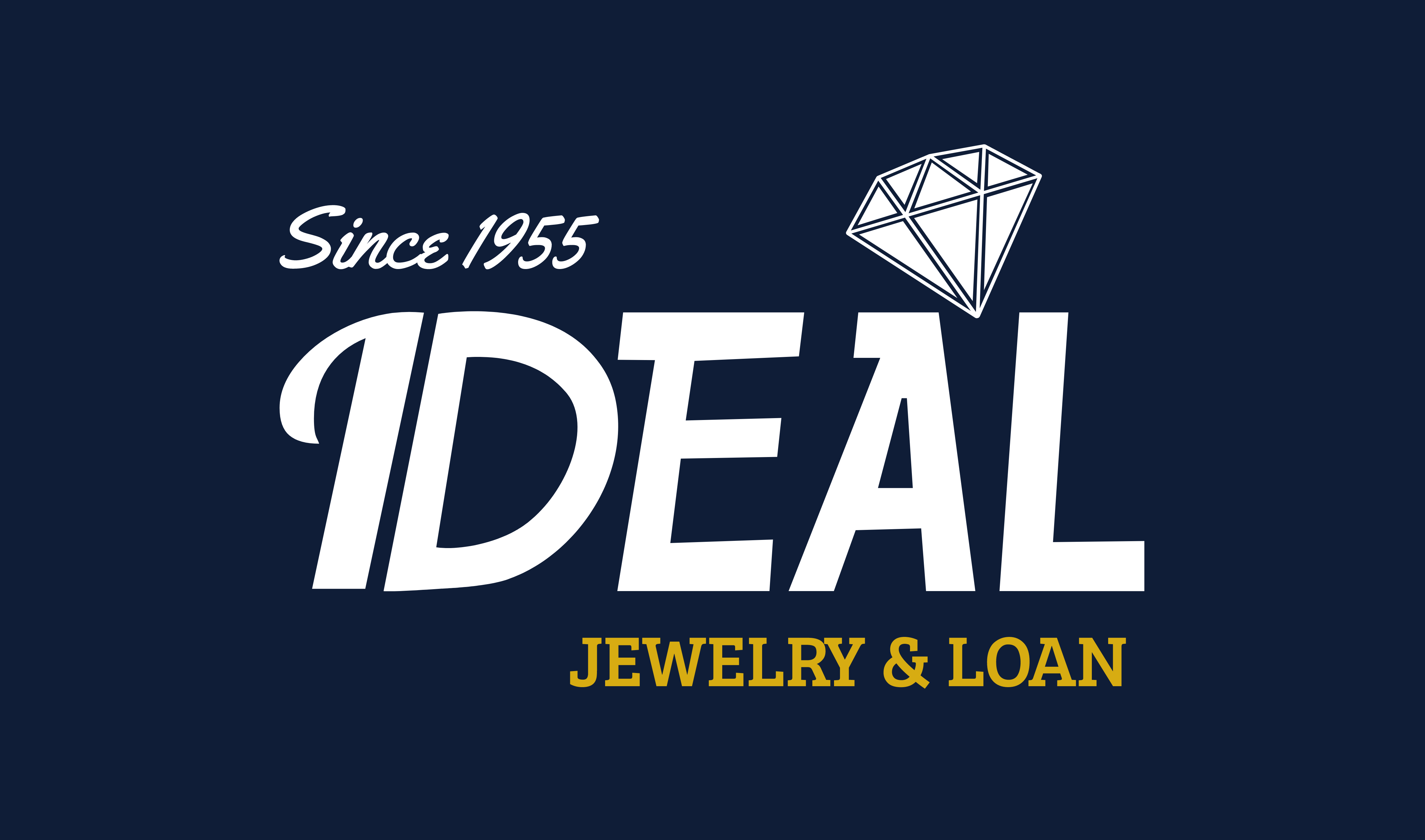Diamonds have long been regarded as a girl’s best friend, cherished not only for their symbolic representation of eternal love but also for their considerable worth as a valuable asset that can be easily converted into cash. However, if you’re considering selling your diamond, it’s important to understand the factors that determine its value. Decoding the intricate details and characteristics of your precious gem is a crucial step in this process. To assist you in this regard, we have prepared a comprehensive guide that will provide you with all the necessary information to assess the true worth of your diamond.

The 4 Cs: Carat, Cut, Color, and Clarity
The renowned “4 Cs” are the cornerstones of diamond evaluation:
Carat:
Carat refers to the weight of the diamond. Generally, the higher the carat weight, the more valuable the diamond. However, it’s essential to note that two diamonds of equal carat weight can have different values based on the other Cs.
Cut:
The cut of a diamond determines its brilliance and sparkle. A well-cut diamond reflects light beautifully, making it more valuable. The grading includes terms like Excellent, Very Good, Good, Fair, and Poor.
Color:
Diamonds come in a spectrum of colors. The Gemological Institute of America (GIA) grades diamonds from D (colorless) to Z (light yellow or brown). Colorless diamonds are rarer and thus more valuable.
Clarity:
Clarity assesses the presence of internal and external flaws or inclusions. The fewer the flaws, the higher the clarity grade, and subsequently, the higher the value.
Shape and Cut Style
Beyond the basic cut grade, the specific shape of the diamond and its cut style can affect its value. Round diamonds often command a premium, while fancy shapes like princess or emeralds can have a unique appeal.
Certification and Documentation
When selling your diamond, having official certification from reputable gemological laboratories like GIA or AGS can increase its perceived value by adding credibility to its quality. Make sure you have the necessary documentation to show the certification to potential buyers.
Market Trends and Demand
Diamond prices can go up or down depending on the market demand and trends. The value of a diamond may also be affected by its shape or size, which can be more popular at a certain time.
Mounting and Setting
When considering the value of a diamond that’s part of a piece of jewelry, it’s important to know that the type of setting and metal used can affect its worth. To ensure an accurate appraisal, it may be helpful to remove the diamond from the setting beforehand. This allows the appraiser to examine the diamond more closely and determine its true value. By simplifying the language used and presenting information clearly and concisely, we can better serve our audience and meet their needs.
Historical or Cultural Significance
Diamonds that have historical or cultural significance may carry an additional value. It is important to know the origin of your diamond in order to determine its worth.
Selling Venue and Negotiation Skills
If you want to sell your diamond, it’s important to keep in mind that the place and method you choose can affect the price you receive. At Ideal Jewelry and Loan, we have experienced gemologists who can provide you with a professional evaluation and offer you a fair price.
Conclusion: Turning Diamonds into Dollars
If you want to know how much your diamond is worth, you need to understand its characteristics, the market, and how to sell it. At Ideal Jewelry and Loan, our experts can help you get the most money for your diamond. Visit us today to sell your diamond for instant cash.
Remember, the value of your diamond is not just in its physical properties, but also in the trust and skill of the experts who evaluate it. You can trust Ideal Jewelry and Loan to give you an honest and fair experience when you sell your diamond.



